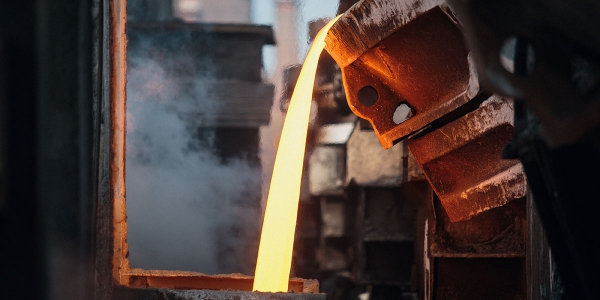Steel is one of the most important industrial materials, with more than 2 billion tons produced annually around the world. Because of its high tensile strength and low cost, steel is used in everything from building construction and electrical appliances to ships, trains, cars and bicycles.
The steelmaking process, however, comes at a steep price for the environment, accounting for 7 to 11% of all human-made greenhouse gas emissions. If the steel industry were its own separate country, it would rank as the fifth-largest producer of carbon dioxide.
Traditionally, smelters make steel by removing oxygen from iron ore through a carbothermic approach that mixes iron oxide with carbon and intense heat. Facing escalating pressure from governments and investors to reduce emissions, the steel industry is experimenting with green steel projects that use hydrogen instead of carbon-intensive manufacturing.
Read more at: Binghamton University
Current steel manufacturing methods are very carbon intensive, accounting for 7 to 11% of all human-made greenhouse gas emissions. (Photo Credit: Binghamton University)


